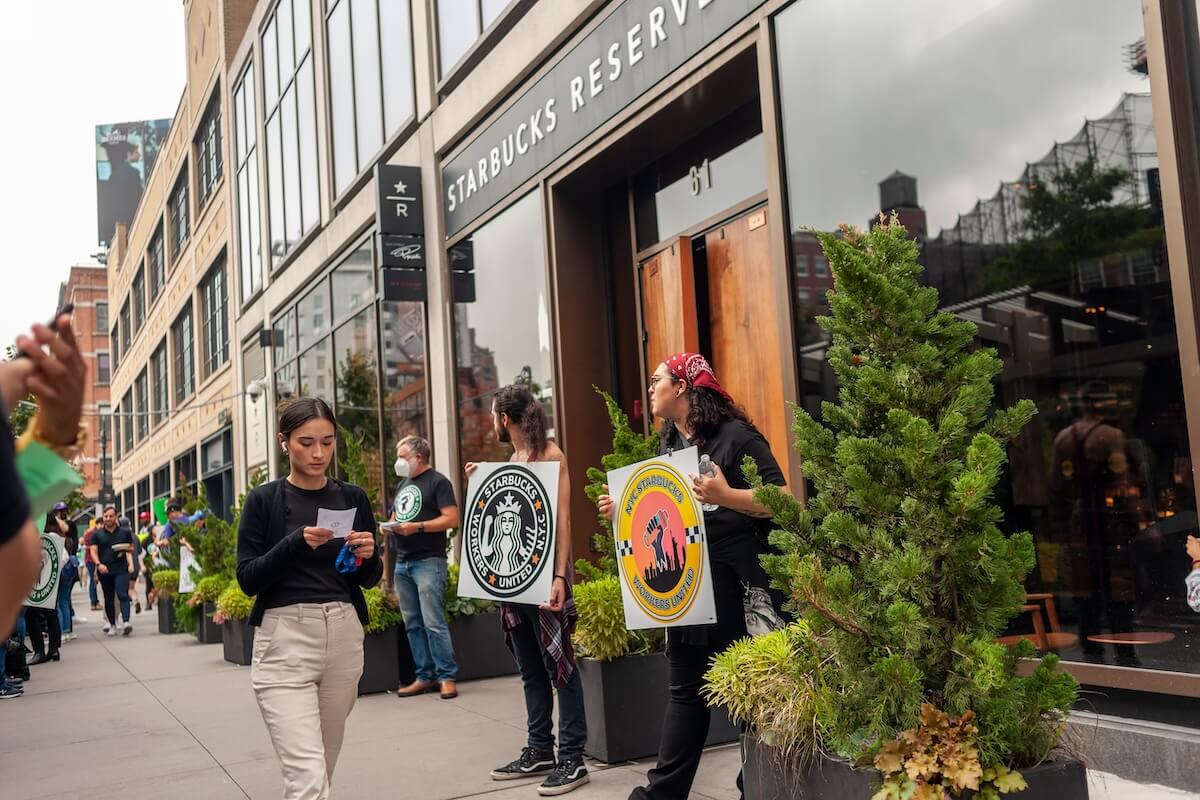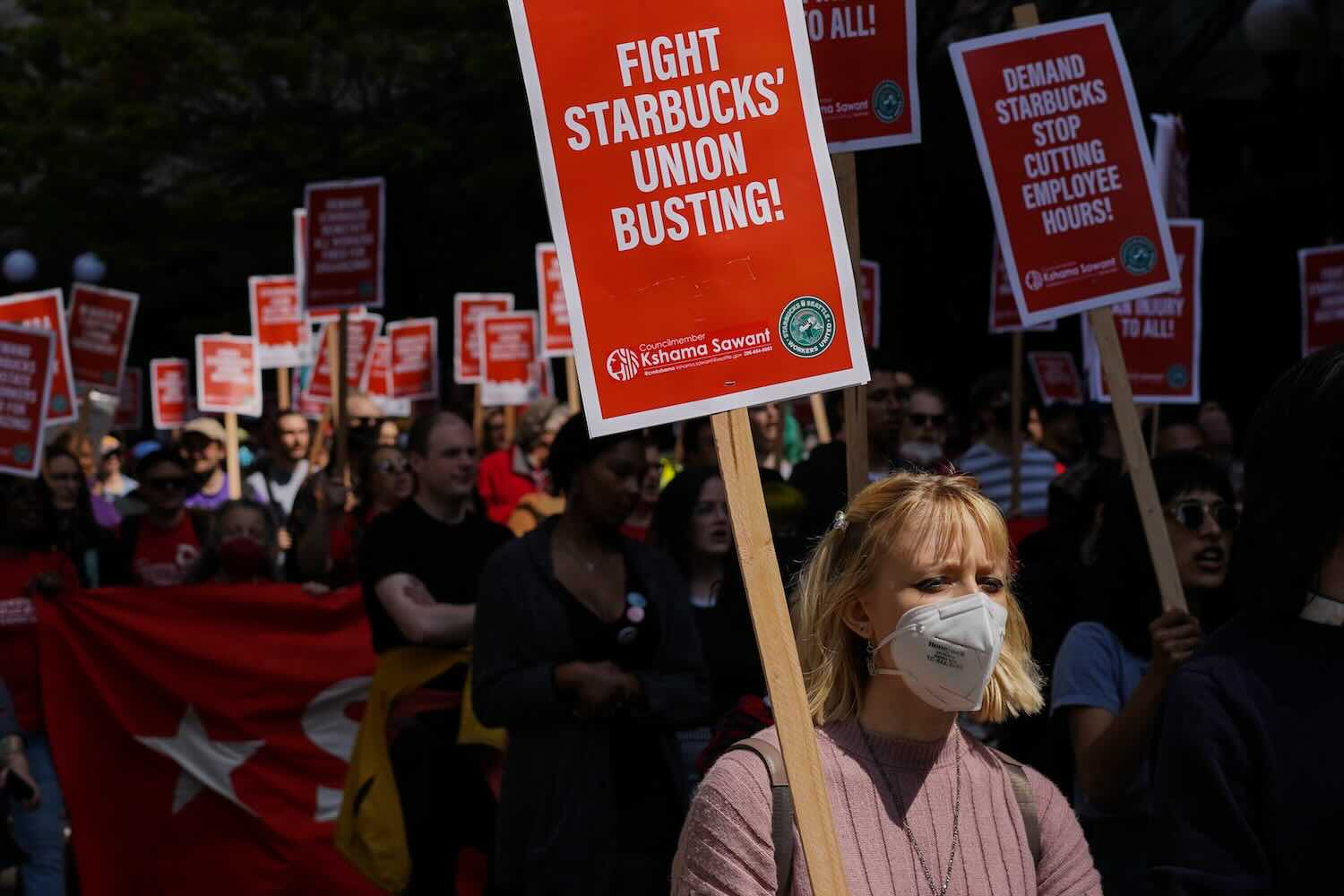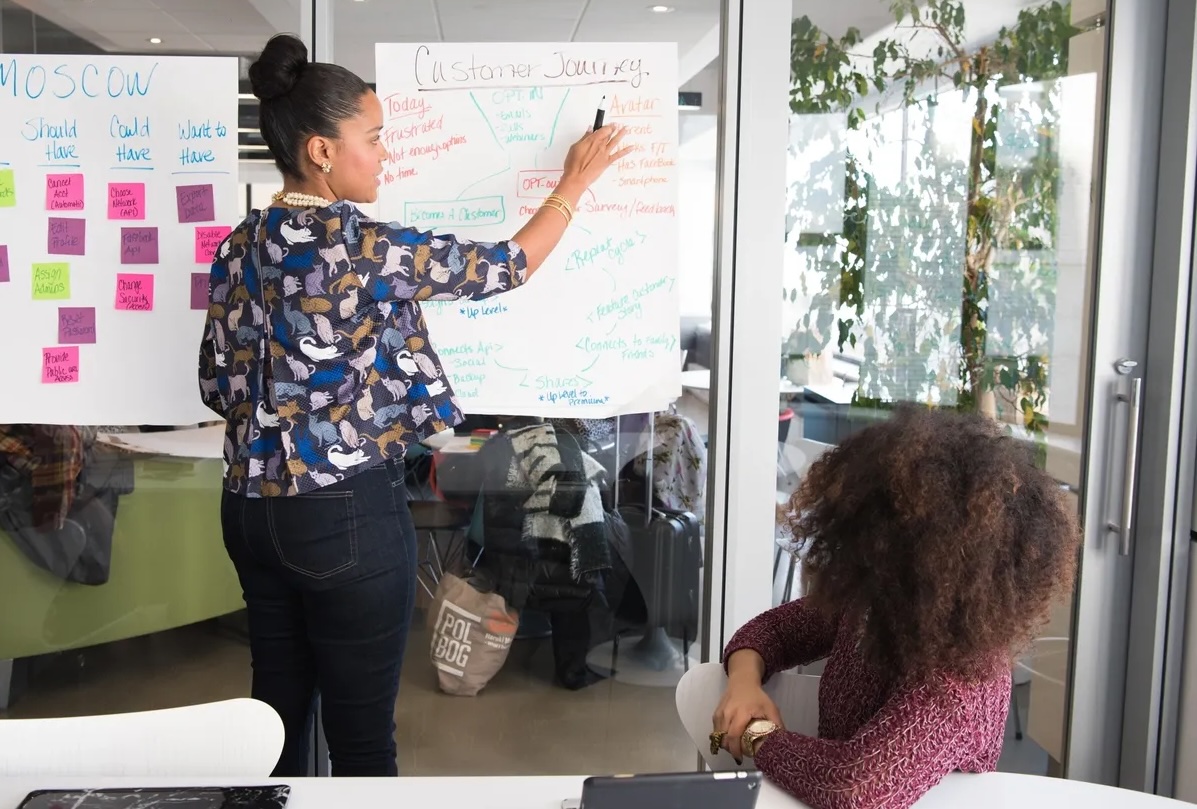ImpactAlpha, Nov. 18 – Impact drift challenges nearly all impact funds. When a fund stops delivering impact, or drifts from its intended impact, investors grow wary. It’s especially daunting for first-time fund managers in emerging markets where impact drift is less a matter of “if” but “when.”
Fund managers with a roadmap for proactively managing evolving impact and impact drift have a competitive advantage in capital markets. A robust impact roadmap can signal to prospective limited partners (LPs) that a general partner (GP) has “boots on the ground” experience, as well as local market resources and expertise, essential must-haves when investing in emerging markets.
As impact-driven companies grow and mature their impact changes. How many lives they improve or tons of CO2 they save – where, how, and when – depends on changing market conditions and competition. The paths to company survival and impact often diverge.
Even if individual portfolio companies drift from impact, impact funds must stay true to their impact thesis. It’s a delicate balancing act for the entrepreneur, as well as impact investors, both LPs and GPs, to keep companies afloat and on-thesis. In developing economies, where rapidly evolving markets make entrepreneurship ever more turbulent, the challenge is heightened.
Embedding impact
Capria has identified key hallmarks of impact fund managers that excel. After screening more than 800 impact fund managers around the world, we conducted deeper due diligence with more than 200. We delved into all aspects of managing a world-class fund, including deal pipeline development, fundraising, operations, and impact management throughout the life of the fund, from concept to exit. They all operate in developing economies and they shared their self-ranking on over 90 capabilities from “novice” to “ninja”. A ninja is a world-class leader and a novice is just getting started. Our goal was to identify GPs with whom to partner, invest in, and risk our capital.
These leading impact investors told us they’re hungry for new impact investment opportunities but many first-time managers just aren’t ready. Even though GPs were pedigreed at top tier firms like Carlyle Group or Bain Capital, had a track-record of in market experience, and were successful entrepreneurs with lucrative exits, too few were “ninja” enough.
This is consistent with observations by the MacArthur Foundation, the supply of catalytic capital is growing but demand is growing faster.
Evaluations of fund managers were benchmarked using Capria’s Impact Management Roadmap. A ninja-level impact thesis is aligned with the UN Sustainable Development Goals. While these goals are qualitative, a strong impact thesis must have quantitative metrics as well.

An example of quantitative alignment is “each investee has the potential to impact at least 100,000 BoP (base of the economic pyramid) families, and/or directly employ up to 1,000 BoP individuals across India in 5 years”.

Well managed funds embed the impact thesis into agreements with portfolio companies, term sheets, policies, shareholder agreements, and investor pitch decks. For them, the impact thesis is more than a block of text in fancy quotes, it’s an underlying theme for engagement with portfolio companies and LPs.
Impact screening
Strong GPs use the impact roadmap to keep the impact fund tracking to its impact thesis. Their Impact Screening Process guides the entire investment process, from initial screening through due/diligence and making the decision to invest.
In the initial screening phase of the impact screening process, companies are evaluated for the type of impact created, what sector they impact, and the founders’ alignment with and commitment to the fund’s investment philosophy and impact thesis. Companies on the investor exclusion lists are ruled out. The goal in this phase is to screen the most candidates and to identify quickly the ones with the least potential for impact drift.
During the go/no-go phase of the impact screening process, the fund decides whether to commit to due diligence. Well managed funds consider the scalability of impact, what specific population is impacted and how, whether the market is ready for impact, and the macro-level environmental, social and governance (ESG) risks for the sector.
Consider a financial technology company that offers personal microloans. A fund with an impact thesis to improve the lives of low to middle income (blue collar working class) people would evaluate gaps in the credit marketplace. What factors do lenders use to evaluate consumer credit? Does this customer segment have the means to create and improve their credit rating? What assets can be collateralized and do these customers own them? What are the alternatives? At what price?
The fund then models the impact potential. What’s the market potential for the company’s services? How much investment, and what kind of resources are needed to scale the number of loans? To increase the impact per loan?
On the ESG risk screening front, a good benchmark is the International Finance Corp.’s list of eight performance standards. By way of example, prospective portfolio companies should have right-sized policies governing their impact on workers, customers, suppliers, community, and the environment. Special consideration should be given to legal compliance. Funds should consider the jurisdictions that will govern both the company as well as the fund in the foreseeable future.
At the investment committee (IC) final decision stage of the impact screening process, the mechanics of impact is detailed and used in the decision to invest capital. An IC looking at the same example fintech company, would evaluate the level of access low to middle income customers have to the technology. Can customers transact on a phone they can afford? How easy is it to navigate the technology? Will they trust the technology to handle their money? What does it cost to acquire this customer? Would higher income customers be less expensive to acquire, and is there a risk the company will steer away from impact?
Founder commitment
Changing market conditions, especially in emerging markets, can interfere with company profits and the impact they deliver. And when a company chooses profit over impact, sometimes it’s for survival and sometimes it reveals an entrepreneur who used impact as a red herring to raise capital.
For example, a company developed a business-to-business (B2B) payroll collection system in the African subcontinent. An impact fund invested in an upgrade to create services for loan payment collection. After investment, the founder delayed the upgrade as a matter of survival. The GPs faced a tough decision, do they get the best return on their capital, push the company to deliver impact, or balance the two?
Smart GPs design their impact screening process using a mindset that they will invest in portfolio companies even if measurable impact is delayed if, and only if, the founder is committed to impact. And they leverage a network of outside resources and advisors to help in this assessment. Does the founder act and talk like impact has been a passion even prior to the business? Does the community view the founder as committed to improving the lives of others? Does the founder consistently push its core technology or business towards greater impact?
Strong GPs constantly refine this profile of a founders’ commitment to impact, both during the Impact Screening Process and throughout the life of the investment. A 360 understanding of a founder’s relationship to impact over an extended period of time is the best way to identify impact whitewashing.
Shareholder agreements
Since the collapse of the $1 billion Abraaj Growth Markets Health Fund, LPs are even more cautious. We call this the “Abraaj Effect” and it can challenge funds and their pursuit of real impact.
For example, in South America, an impact fund invested in a company that provided education to underserved communities through an app using a business-to-customer (B2C) model. The company, with the support of later round investors, migrated to a B2B model where large multinationals purchase the platform for sales training in developed nations. The company no longer has the impact envisioned, if any at all.
Another example is medical device makers in emerging markets that face significant operation challenges along the supply chain such as distribution channels and customer acquisition. Because of the business environment, the company could very well find itself selling primarily to high income nations in order to survive until the market is ready for impact. And that might happen outside the fund’s investment horizon.
Today, some GPs are considering terms to shareholder agreements that allow them to pull out of companies that don’t deliver impact. This mirrors LPs, motivated by the Abraaj Effect, seeking terms to more easily fire GPs and claw back profits earned by GPs through profit-sharing. Yet the overarching challenge faced by impact companies is the lack of capital. And more capital restraints may not be the path to real impact or greater impact.
Local knowledge, global standards
Unlike accounting, there is no GAAP (Generally Accepted Accounting Principles) for impact. And after Abraaj, LPs are even more cautious about who they trust. Yet even under GAAP investors get blindsided: Abraaj, Madoff, AIG, Enron, and the list goes on.
The shadow of Abraaj creates opportunity. Size does matter and fund managers in emerging markets can demonstrate when smaller is better. They can point to their local network, boots-on-the-ground resources, and ties to the community. These tight bonds can be a layer of protection additive to global network know-how and standards.
An impact screening process encapsulates a fund’s evaluation process and highlights what’s important to them quantitatively and qualitatively. Strong GPs will use it to illustrate intellectual horsepower, tapping local and global network resources, to overcome impact drift and drive real impact.
Embedding this know-how into communication with portfolio companies and shareholders is essential to anticipating what’s on LPs minds, especially post Abraaj. And that’s a competitive advantage for any GP committed to real impact.
Uma Sekar is the director of impact and fund manager advancement at Capria.











